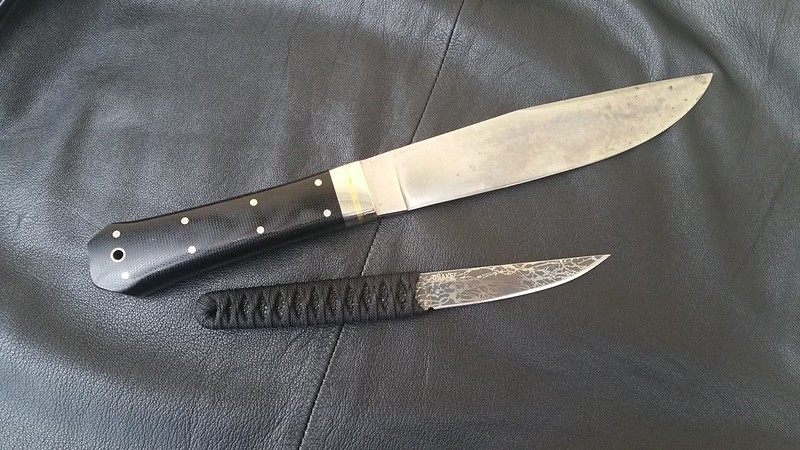As a knife knut, then.
There is an old aphorism, "If it looks like a duck and acts like a duck, call it a duck."
For me, if it "looks" traditional, it is.
That still leaves a lot of leeway, as pocket knives have been made for generations in all kinds of shapes and sizes. Build materials have included stainless (c1920), gutta percha (c 1860), hard synthetic rubber (c 1940's); Micarta (guess at 1930).
So to me, it's the overall appearance, as well as the absence of certain modern features.
Sorta reminds me of US Supreme Court Justice Potter Stewart.
From Wikipedia https://en.wikipedia.org/wiki/I_know_it_when_I_see_it The phrase "I know it when I see it" is a colloquial expression by which a speaker attempts to categorize an observable fact or event, although the category is subjective or lacks clearly defined parameters. The phrase was used in 1964 by United States Supreme Court Justice Potter Stewart to describe his threshold test for obscenity in Jacobellis v. Ohio. In explaining why the material at issue in the case was not obscene under the Roth test, and therefore was protected speech that could not be censored, Stewart wrote:
I shall not today attempt further to define the kinds of material I understand to be embraced within that shorthand description ["hard-core pornography"], and perhaps I could never succeed in intelligibly doing so. But I know it when I see it, and the motion picture involved in this case is not that.





